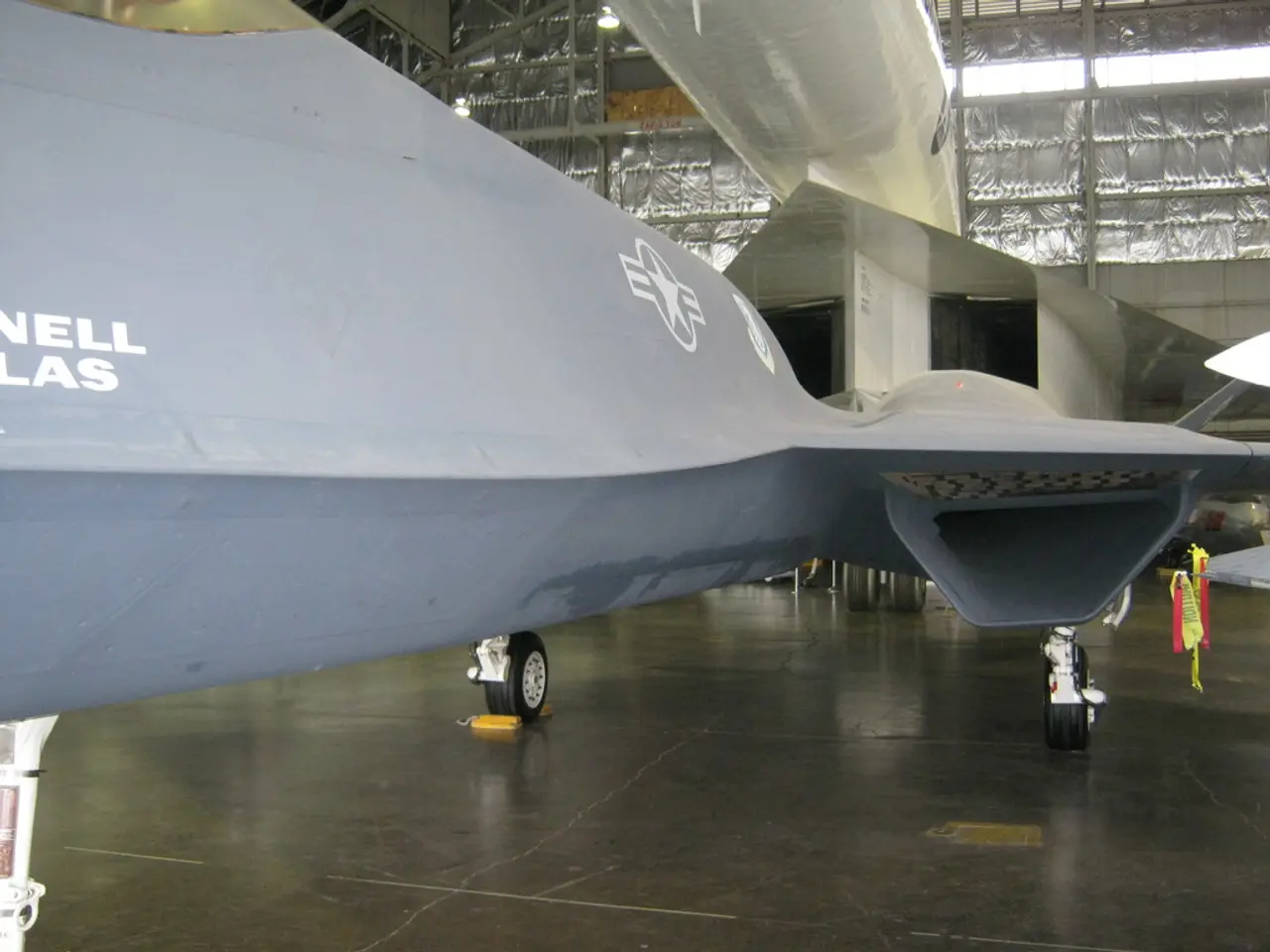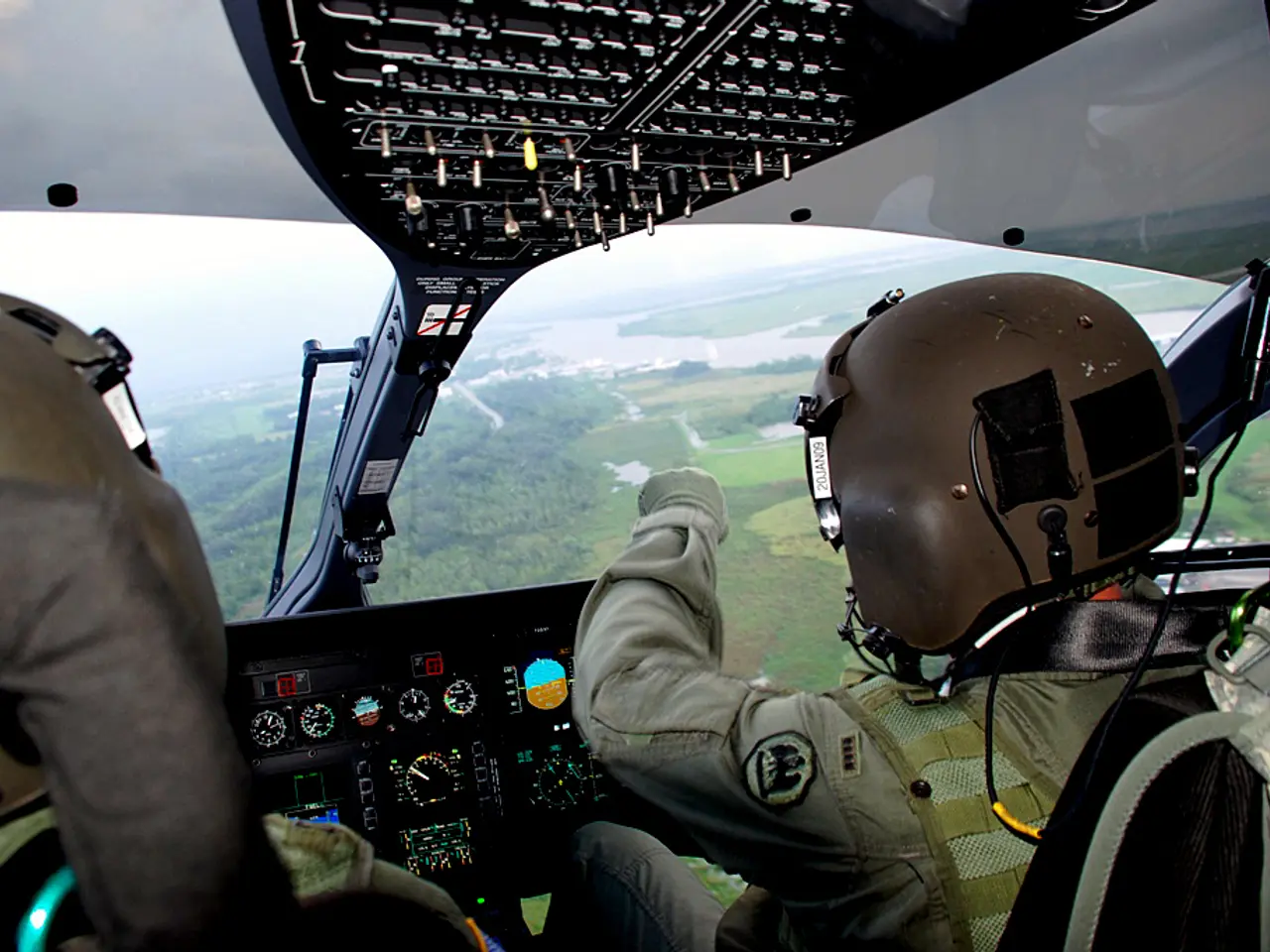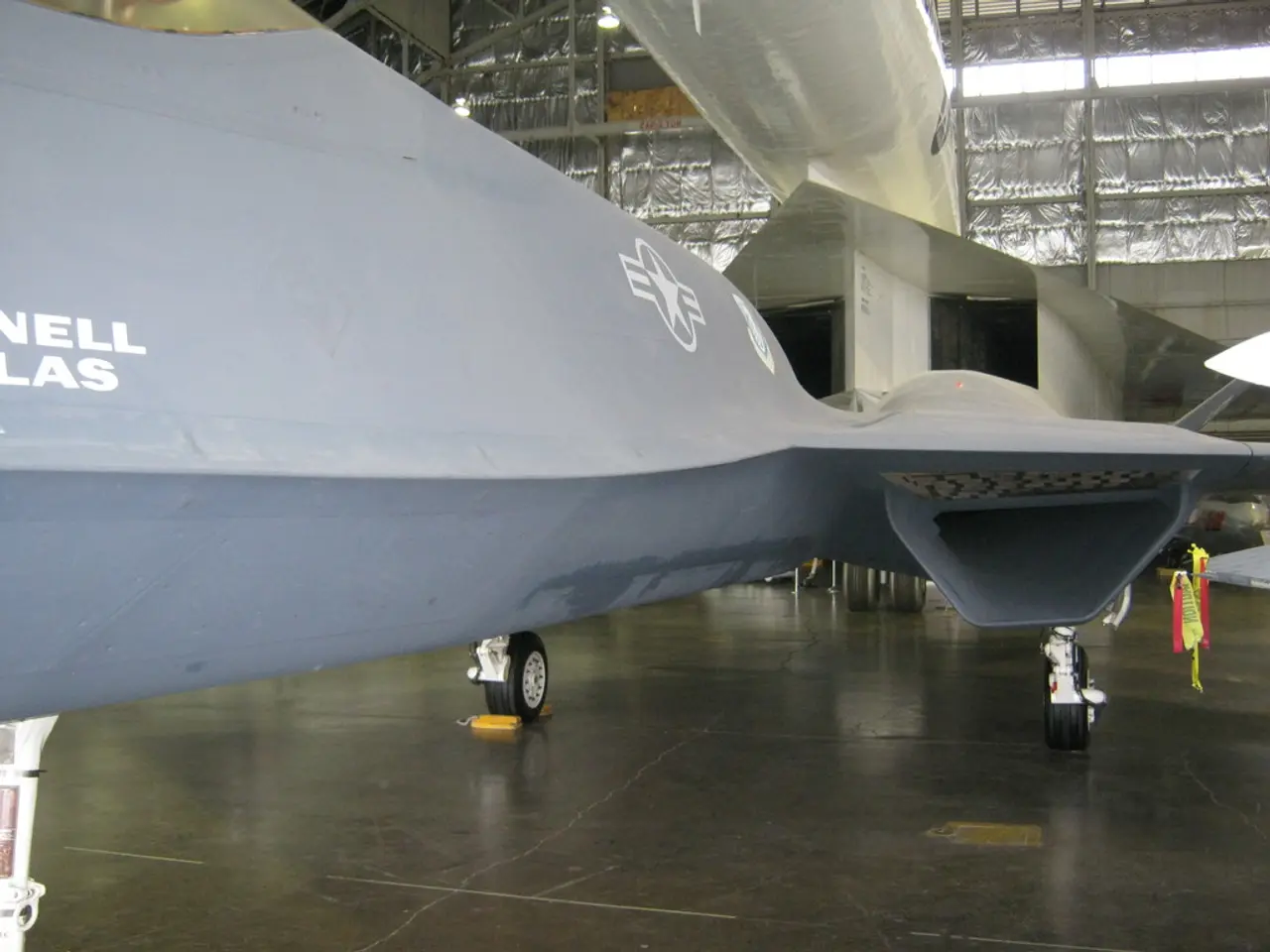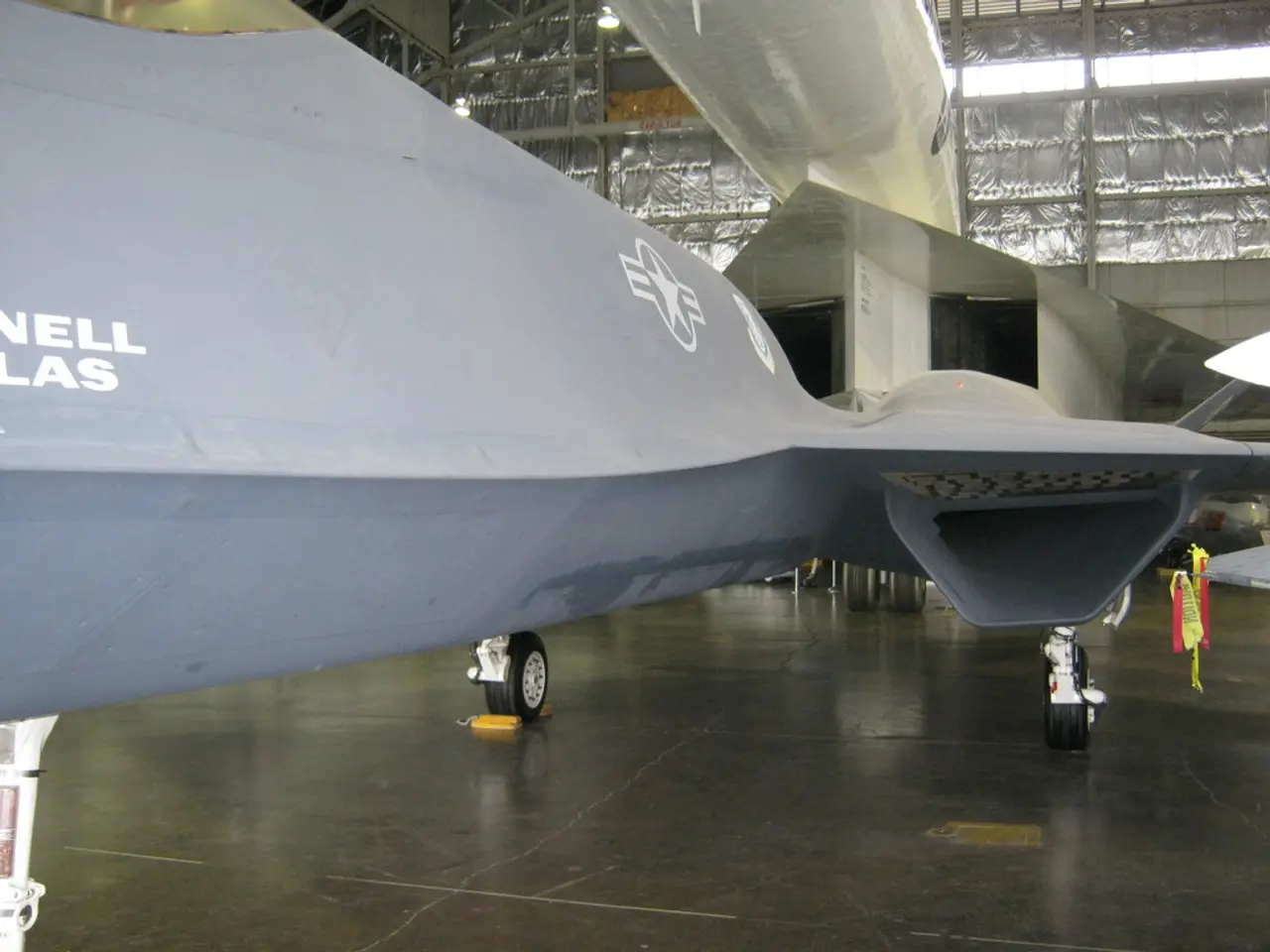Airlines initiating fuel system inspections due to concerns over safety and efficiency.
In the wake of a preliminary investigation into the July 4 crash of Air India Flight 171, international aviation regulators and some airlines are performing precautionary checks on Boeing aircraft fuel control switches. While the United States Federal Aviation Administration (FAA) and Boeing consider the fuel switch design safe, these checks aim to maintain extra vigilance.
The FAA's Continued Airworthiness Notification, issued on July 11, states that the issue is not an unsafe condition that would warrant an Airworthiness Directive affecting Boeing models including the 787. However, this notification follows earlier concerns dating back to a 2018 FAA safety bulletin that warned about potential defects in fuel control switch locking mechanisms across various Boeing aircraft models.
The AAIB's preliminary report references this 2018 advisory, which recommended, but not required, operators of several Boeing models, including the 787, to inspect the locking features of fuel cutoff switches to prevent accidental movement. It is reported that Air India had not conducted these inspections, citing the non-mandatory nature of the advisory.
Etihad Airways was among the first to issue an internal directive to its Boeing 787 pilots, instructing them to "exercise caution" when handling the fuel control switches. Similarly, Boeing, in a Multi-Operator Message sent to airlines, stated it was not recommending any additional inspections or changes to operating procedures.
South Korea is preparing to issue a similar directive, instructing its domestic airlines to inspect the fuel control switches on Boeing jets. India's Directorate General of Civil Aviation (DGCA) has ordered all Indian carriers operating Boeing 787 and 737 aircraft to inspect the locking mechanisms on fuel switches with a deadline of July 21 to complete fleet-wide inspections.
The report also reveals that in the aircraft's final moments, cockpit voice recordings captured one pilot asking the other why the fuel had been cut. The second pilot replied, "I did not do so." The switches were found to have moved to CUTOFF nearly simultaneously shortly after takeoff, but investigators have not yet determined how or why that occurred.
Despite the FAA and Boeing's stance, several international aviation regulators and airlines have independently launched precautionary checks, reflecting a conservative approach towards safety. Boeing and the FAA have privately communicated that the fuel control switch locks on Boeing aircraft are safe and do not require further action. However, the ongoing investigations into the Air India crash may shed more light on the issue in the future.
- The recent Air India crash incident has triggered a wave of precautionary checks within the transportation industry, especially among international aviation regulators and airlines, focusing on Boeing aircraft's fuel control switches, given the safety concerns raised by previous advisories.
- The financial implications of these checks extend beyond Boeing, as numerous airlines are allocating resources to ensure aircraft safety, adhering to the new directives issued by aviation authorities, and conforming to industry standards in the domain of airline news and finance.







